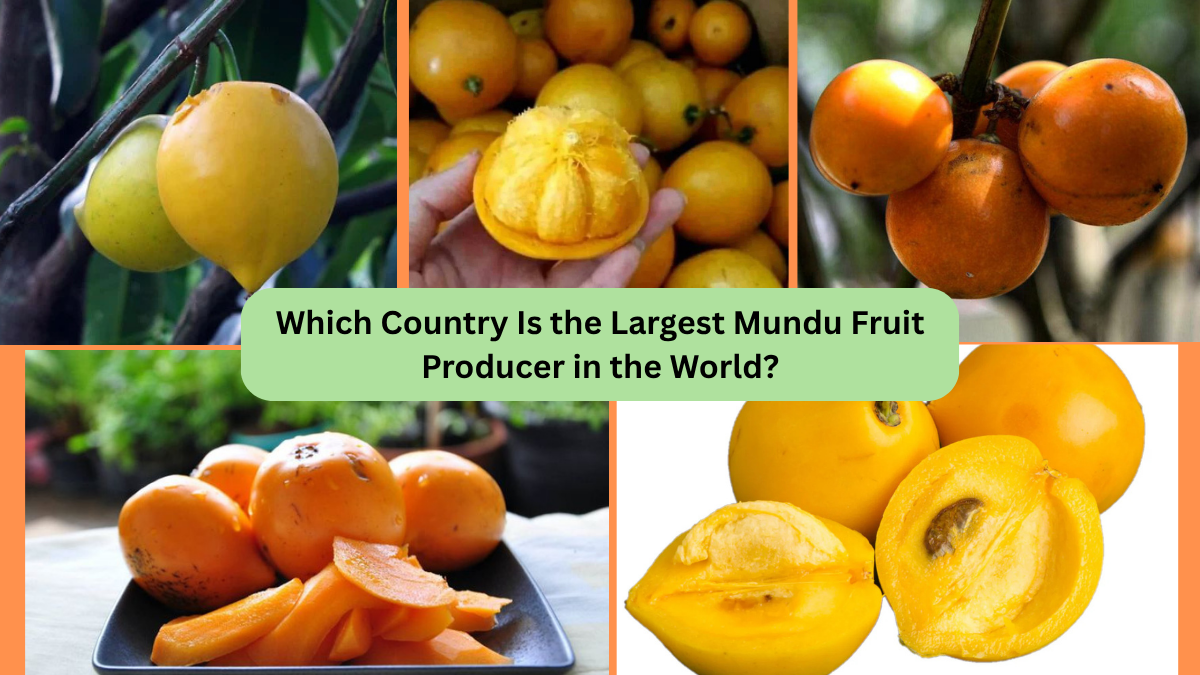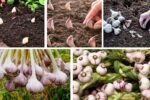Tropical fruit enthusiasts and rare fruit collectors might be familiar with Mundu Fruit, an underappreciated gem in the world of exotic fruits. Known for its vibrant yellow skin, sweet-tart pulp, and medicinal benefits, the Mundu fruit (Garcinia dulcis) has been part of Southeast Asian diets and traditional remedies for centuries. But when it comes to large-scale production, one country stands out above the rest. So, which country is the largest Mundu fruit producer in the world? Let’s uncover the answer and explore everything you should know about this fascinating fruit.
What is Mundu Fruit?
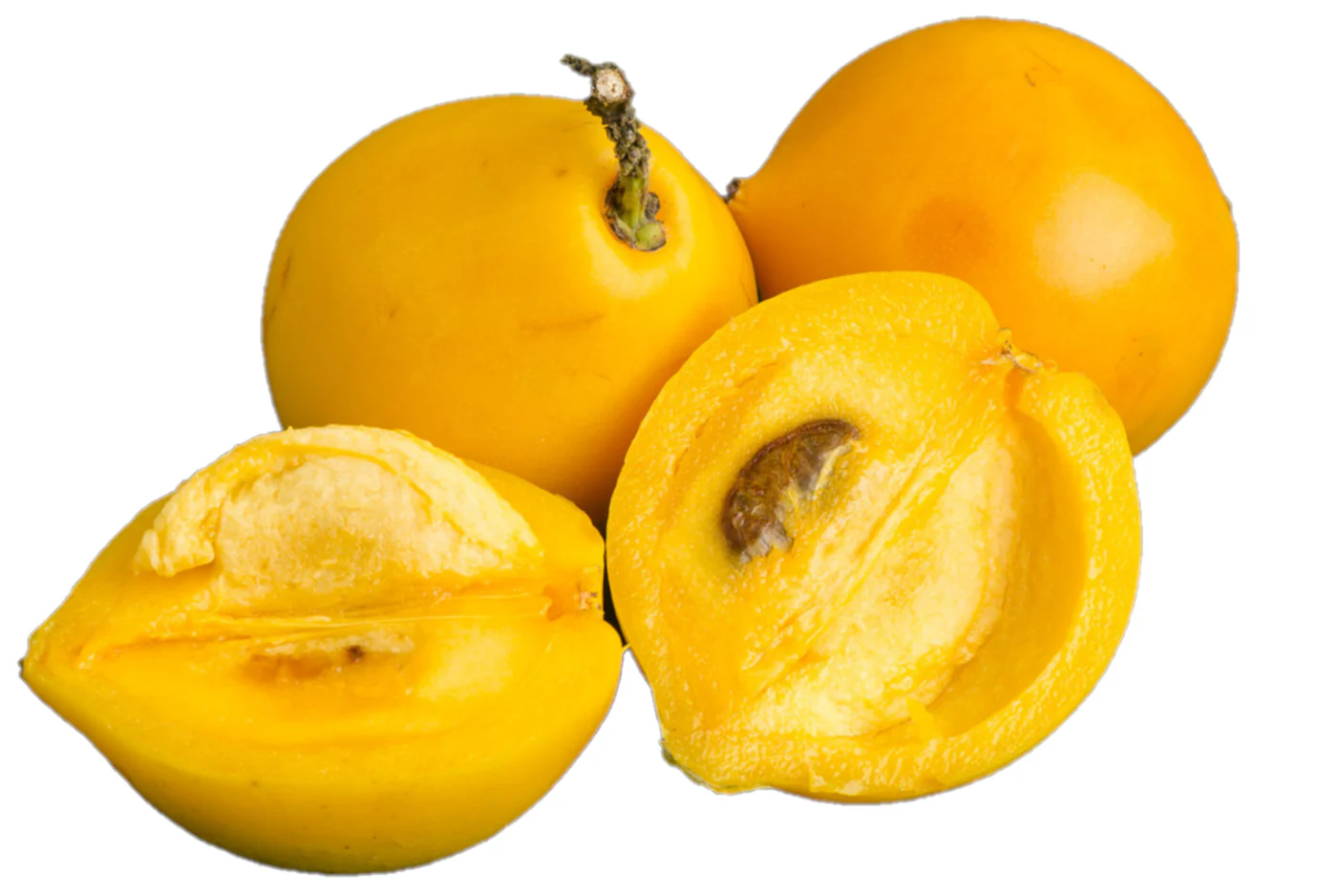
Before diving into global production, it’s essential to understand what Mundu fruit is. Mundu (Garcinia dulcis) is a tropical fruit belonging to the Clusiaceae family, closely related to mangosteen. The fruit is typically round, about the size of an apple, with a golden-yellow rind and soft, aromatic flesh. The flavor profile is sweet and tangy, somewhat reminiscent of mangosteen but with its own distinct character.
Other names for Mundu include:
- Yellow Mangosteen
- Rata fruit
- Baniti (Philippines)
- Taklang-anak (Philippines)
- Maput (Thailand)
The Mundu tree is an evergreen species native to Southeast Asia, often found in home gardens, forests, and lowland areas. It’s highly valued not only for its edible fruit but also for its medicinal applications and ornamental beauty.
Native Habitat and Distribution
The Mundu tree is indigenous to Southeast Asia, thriving in tropical regions with abundant rainfall and rich, well-drained soil. Its native range includes:
- Indonesia
- Malaysia
- Thailand
- The Philippines
- Southern Vietnam
- Parts of Papua New Guinea and northern Australia
While the fruit can now be found growing in other tropical countries due to botanical exchanges and home gardening, it remains a regional delicacy in its native lands.
Which Country Is the Largest Mundu Fruit Producer in the World?
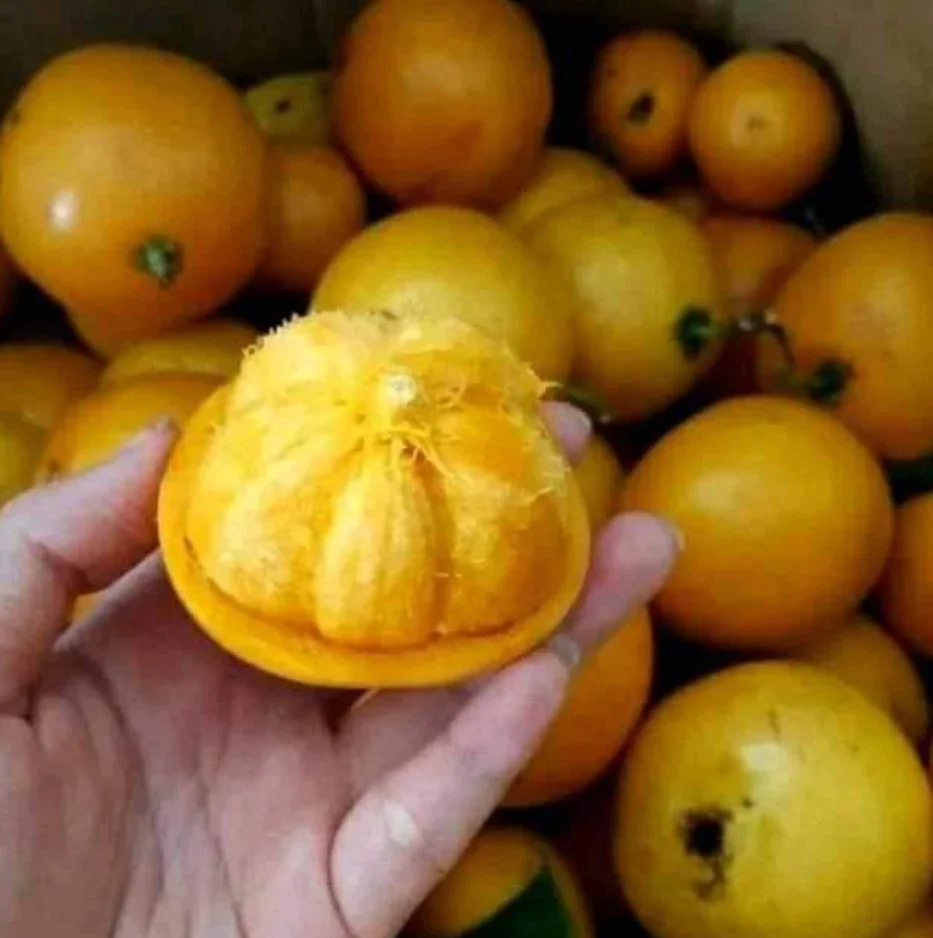
When it comes to Mundu fruit production, Indonesia proudly holds the title of the largest producer in the world. Here’s why:
Indonesia: The Undisputed Leader
Indonesia’s tropical climate, fertile volcanic soils, and cultural affinity for native fruit species have made it the epicenter of Mundu cultivation. While the fruit is still primarily grown in home gardens and village orchards rather than on industrial farms, its presence across multiple Indonesian islands ensures the country leads global production.
Key reasons Indonesia is the top producer:
- Widespread Natural Growth:
Mundu trees thrive naturally in Java, Sumatra, Borneo, Sulawesi, and Bali, where they flourish in forests, riverbanks, and home gardens. - Cultural Importance:
Indonesian communities have long valued Mundu for its nutritional, medicinal, and culinary properties. It’s consumed fresh, used in jams, traditional candies, and herbal remedies. - Large Rural Production Base:
Though not mass-commercialized, thousands of rural households cultivate Mundu trees for personal consumption and local markets. - Traditional Medicinal Use:
In Indonesian folk medicine, Mundu is used to treat ulcers, skin problems, and digestive issues, increasing local demand for the fruit.
Even without formalized large-scale farms, the extensive wild and garden-based cultivation across Indonesia ensures it produces more Mundu than any other country.
Mundu Production in Other Countries
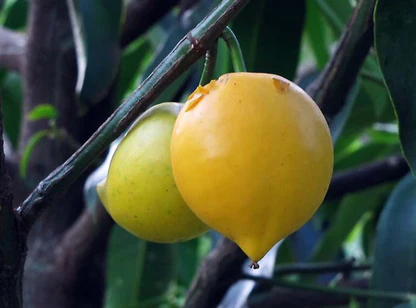
While Indonesia leads, several other countries also cultivate Mundu, albeit in smaller quantities:
Philippines
Locally known as Baniti or Taklang-anak, Mundu grows in the lowland provinces of Luzon, Visayas, and Mindanao. It’s mainly grown for personal or community use, and occasionally sold in local wet markets.
Malaysia
Mundu trees can be found in Peninsular Malaysia and parts of Borneo. Like in Indonesia, they’re typically grown in home gardens and small orchards.
Thailand
Known locally as Maput, Mundu is cultivated in southern Thailand. It’s consumed fresh and used in traditional medicine, but large-scale production is rare.
Australia
In northern Queensland, Australia, Mundu trees grow in tropical regions, though commercial production is minimal. Most trees are part of conservation or botanical gardens.
Vietnam and Papua New Guinea
Mundu grows sporadically in southern Vietnam and Papua New Guinea, mainly in rural or forested areas.
Culinary and Medicinal Uses of Mundu Fruit
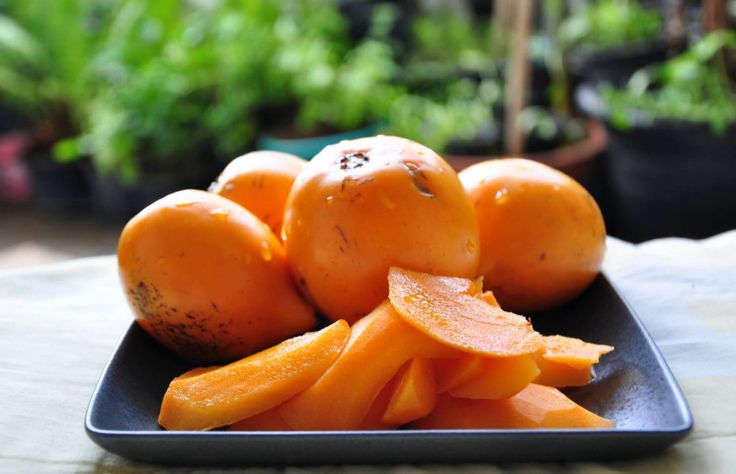
Culinary Uses:
- Eaten fresh: Its sweet-tart flavor makes it popular as a fresh snack.
- Jams and jellies: The pulp is perfect for making preserves.
- Traditional candies and sherbets: Especially in Indonesia and Malaysia.
- Juices and desserts: Combined with tropical fruits like mango and guava.
Medicinal Uses:
- Antioxidant-rich: Used to boost immune health and skin care.
- Digestive aid: Folk medicine prescribes Mundu for stomach ailments.
- Anti-inflammatory properties: Beneficial in traditional treatments for ulcers and joint pain.
- Topical applications: The rind is sometimes applied to skin irritations.
Commercial Potential and Challenges
Commercial Potential:
Though largely underutilized in international markets, Mundu holds potential for niche industries:
- Health food markets: Its antioxidant and vitamin C content makes it attractive to health-conscious consumers.
- Herbal medicine products: Demand for natural remedies is increasing globally.
- Specialty jams and preserves: Gourmet and organic food industries value rare tropical fruit flavors.
Challenges:
- Short shelf life: The fruit deteriorates quickly once harvested.
- Limited formal plantations: Production is decentralized and small-scale.
- Lack of export infrastructure: Most fruit is consumed domestically within producing countries.
Conclusion

So, to answer the question “Which country is the largest Mundu fruit producer in the world?” — it’s undoubtedly Indonesia.
Indonesia’s vast natural forests, traditional agricultural practices, and cultural appreciation for native fruits have secured its position as the leading producer of Mundu. While other countries like the Philippines, Malaysia, and Thailand grow the fruit in smaller volumes, none rival Indonesia in both quantity and cultural significance.
As interest in exotic fruits, natural medicine, and tropical delicacies grows worldwide, Mundu fruit holds promise for future niche markets. Until then, it remains one of Southeast Asia’s hidden treasures, thriving in backyard gardens and rural orchards, waiting to be discovered by the rest of the world.
